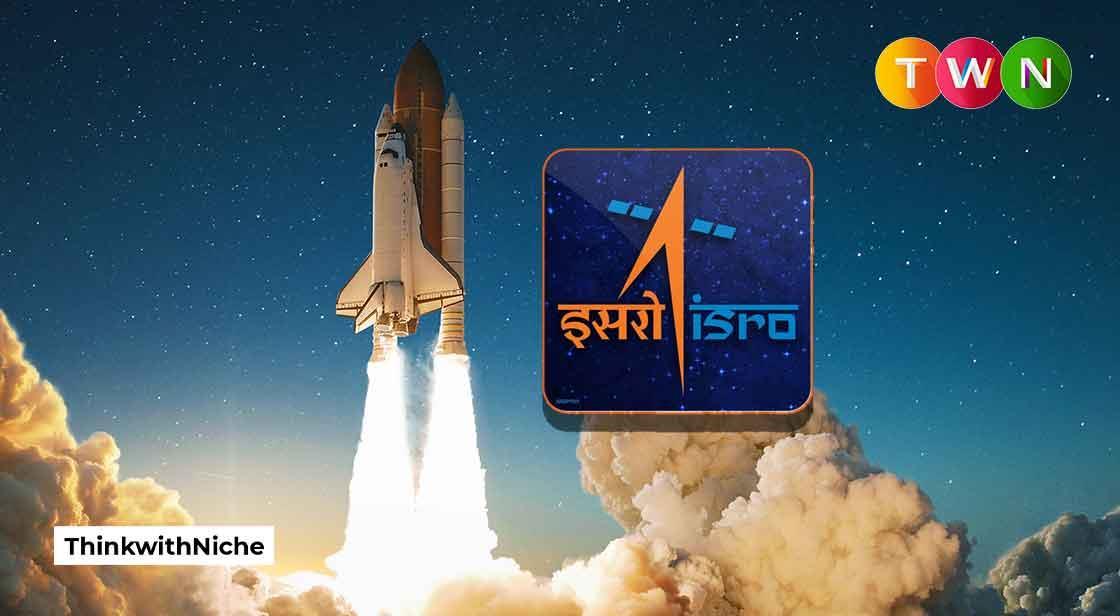ISRO Starts Preparations for NISAR Mission Launch aboard GSLV Mk-II

News Synopsis
The Indian Space Research Organisation (ISRO) is entering the final phase of preparations for the much-anticipated NISAR mission, a collaboration with NASA. The mission, which aims to revolutionize Earth observation, marks a significant step in space exploration, as it promises to provide crucial data for climate research, disaster management, and ecosystem monitoring.
Mission Overview: NASA-ISRO Synthetic Aperture Radar (NISAR)
The NISAR mission, which stands for NASA-ISRO Synthetic Aperture Radar, is a joint effort between the Indian Space Research Organisation (ISRO) and NASA. This mission is poised to provide high-resolution Earth observation data, using a dual-band radar system to scan the Earth's surface. The radar will monitor changes in landforms, ice sheets, and ecosystems, which will contribute to a better understanding of global climate change.
Delays in Launch Due to Technical Challenges
Originally scheduled for 2024, the NISAR mission faced several delays due to technical difficulties. One of the major challenges was overheating risks in the satellite’s 12-meter radar antenna reflector. To address this, the component was sent back to NASA’s Jet Propulsion Laboratory (JPL) for a reflective coating upgrade, ensuring that temperature concerns would not interfere with the satellite's performance during deployment.
After extensive testing and improvements, the satellite was successfully integrated at ISRO’s Bengaluru facility by October 2024, setting the stage for the final stages of preparation.
Key Components and Final Integration
In 2024, NASA’s C-130 aircraft played a crucial role in transporting critical hardware to India. This multi-leg journey ensured that all the necessary components for the mission were securely delivered to ISRO's facilities. The final integration of the spacecraft at ISRO’s Bengaluru facility was completed by January 2025, ensuring that the mission would proceed smoothly in its final preparation stages.
Shipment to Satish Dhawan Space Centre for Pre-Launch Checks
Following its integration, the spacecraft was transported to the Satish Dhawan Space Centre (SDSC) in Sriharikota, where ISRO is now conducting the final pre-launch checks. This step is critical to ensure that all systems function properly before the mission launch. The successful transport of key components and the subsequent pre-launch checks are key indicators of the mission's readiness.
2025 Launch Window and GSLV Mk-II Preparation
During a recent meeting with Science Minister Jitendra Singh, ISRO Chairman V. Narayanan indicated that the NISAR mission is slated for launch within the 2025 window. This announcement has generated considerable excitement in the space community. The launch will be conducted using the Geosynchronous Satellite Launch Vehicle (GSLV) Mark II, which plays a key role in the success of the mission.
On April 26, 2025, the second stage of the GSLV Mk-II was flagged off to Sriharikota, signaling the commencement of advanced launch activities. With the GSLV now at the Satish Dhawan Space Centre and the payload integration underway, the mission is moving forward smoothly toward its anticipated launch.
NISAR's Dual-Band Radar System and Data Collection
NISAR will employ a dual-band radar system that operates in the L-band and S-band frequencies, allowing it to scan the Earth's surface with high precision. The radar will provide detailed information on landform shifts, glacier dynamics, and ecosystem changes by capturing sub-centimeter changes every 12 days. The data collected will be crucial for a range of applications, including climate research, disaster management, and infrastructure monitoring. NASA JPL project scientist Paul Rosen emphasized that NISAR’s high-resolution data will allow each pixel to cover an area equivalent to half the size of a tennis court.
Impact of NISAR on Global Earth Science
The NISAR mission is not just a technological achievement but also a testament to the growing collaboration between India and the United States in the field of space science. The mission’s data has the potential to significantly enhance our understanding of key Earth processes, including crustal deformations, glacier dynamics, and fluctuations in the carbon cycle. This could lead to more accurate models for predicting climate change and its impacts on global ecosystems.
Anticipation for 2025 Mission
With the final phase of preparations underway and the GSLV Mk-II launch vehicle ready for deployment, ISRO is set to deliver one of 2025's most eagerly awaited space missions. NISAR’s data will likely transform the way we study and understand Earth’s natural processes. As the mission nears its launch date, the scientific community and space enthusiasts are eagerly awaiting the outcomes of this groundbreaking mission.
You May Like









